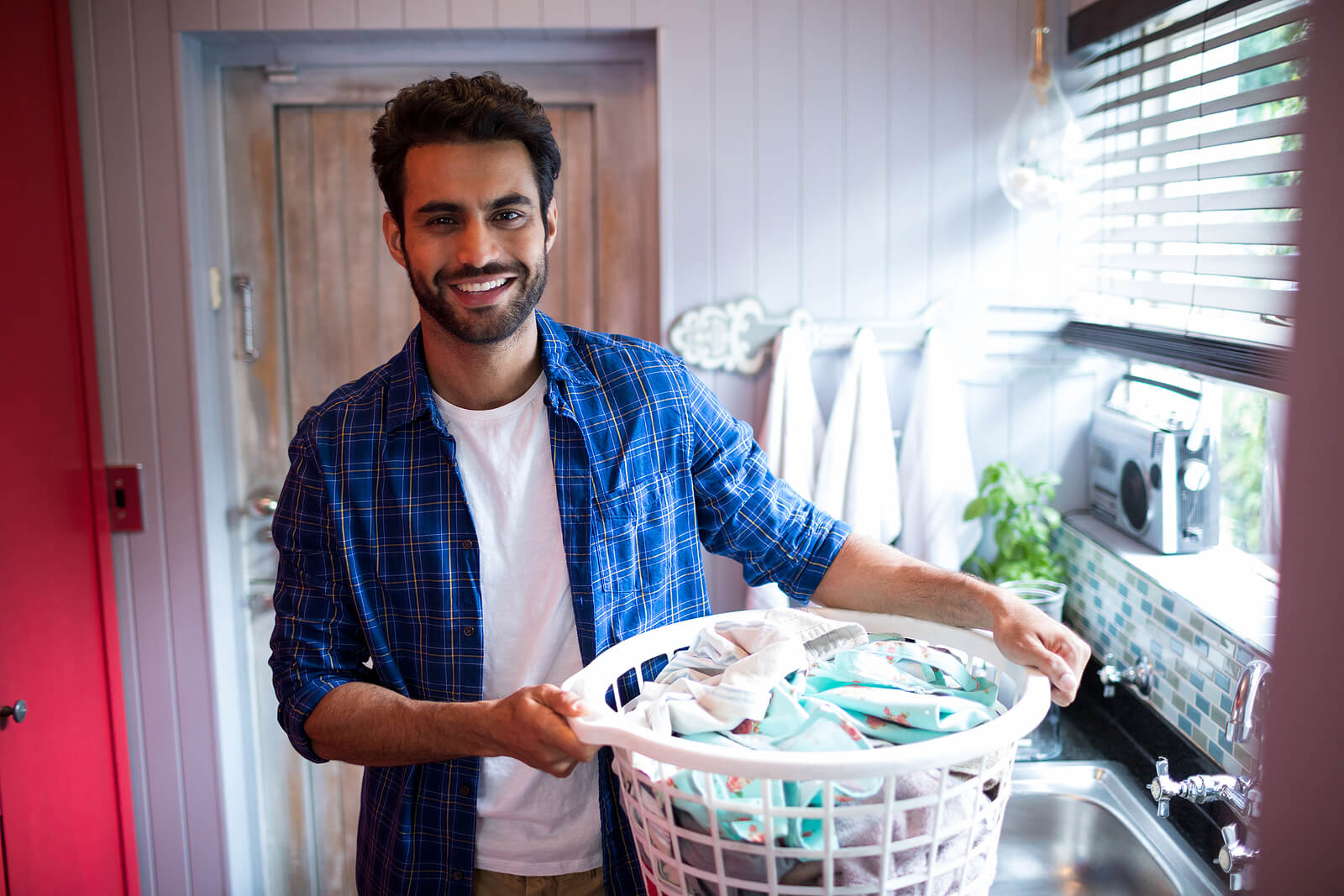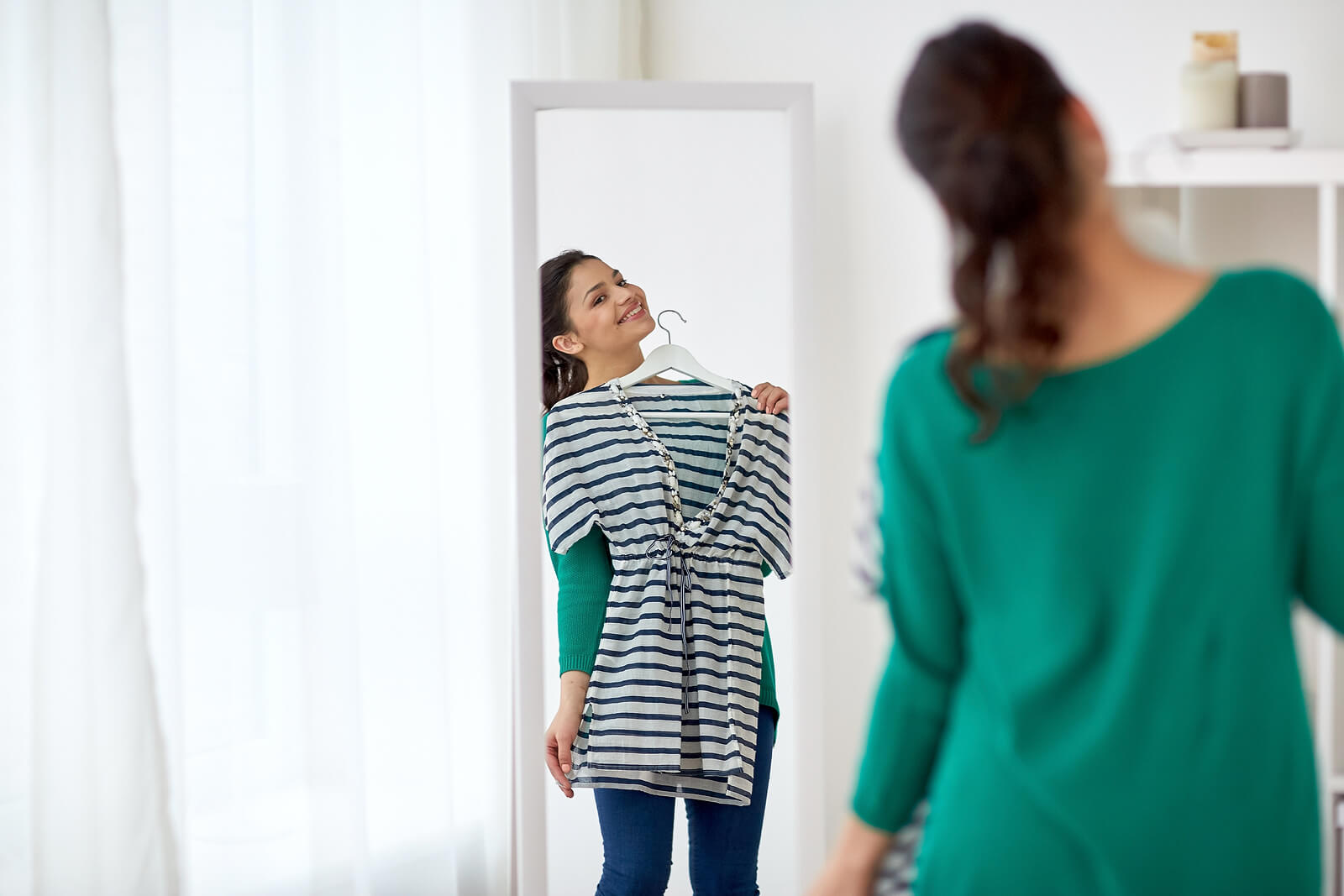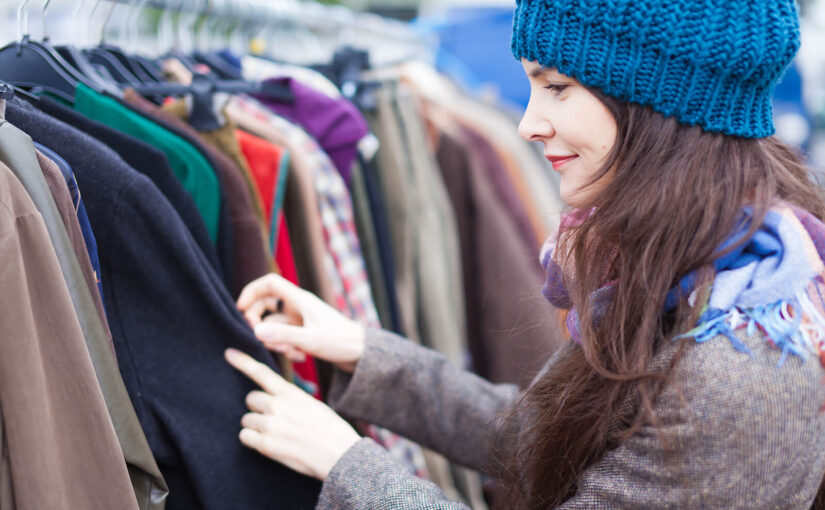Oxfam’s Second Hand September campaign opposes fast fashion, encouraging people to embrace preloved clothing for a month. The goal? To make us think about where our clothes come from and the environmental footprint they leave behind.
However, after spending a month reflecting on their fashion habits, many participants think one month is too short. Why return to old routines in October when you can continue new ones that are kinder to the planet and the people who make our clothes?
Make a lasting commitment today. Become a more conscious consumer and explore our six simple tips for dressing sustainably without buying new clothes.
What is Second Hand September?
Second Hand September is a campaign that encourages participants to reconsider their fashion habits by committing to shop exclusively second-hand for four weeks.
Launched during London Fashion Week just ahead of autumn (when many refresh their wardrobes), this initiative promotes a more sustainable approach to clothing.
How to quit fast fashion year-round
We’ve collated six methods to make Second Hand September a lasting part of your everyday life.
1. Look after your clothes

The easiest way to extend the ethos of Second Hand September year-round is to take care of the clothes you already own. When you look after them well, they last longer.
Do less laundry to slow textile deterioration. Only wash clothes when visibly dirty or when they no longer smell clean, and use a steamer when a garment needs a quick refresh. Always follow the washing instructions for each garment and wash at the coolest temperature possible.
2. Update the clothes you already own
You can avoid fast fashion by working with what you already have in your wardrobe. If you are creatively minded, you’ll enjoy this challenge. Look in your closet, grab everything you haven’t worn in the past six months, and see how to make it more wearable.
When a garment has a hole, fix or patch it. If you don’t wear a dress anymore because it lacks pockets, add some. Is a top lurking at the back of your drawer because it’s too plain? Add some interest with embroidery, fabric paints, or patches.
With a little effort and inspiration, you can create the wardrobe of your dreams.
For garments you no longer want, take them to the charity shop or sell them and let someone else enjoy them to their full potential.
3. Create a capsule wardrobe
Instead of constantly adding to your wardrobe, create a capsule wardrobe of stylish basics, including:
- tops
- bottoms
- knitwear
- dresses, dungarees, or jumpsuits
- outerwear
- workout clothes
- footwear
- underwear
- accessories.
Choose pieces that colour coordinate with each other. Ensure they’re stylishly evergreen rather than fashionable, and you won’t find yourself throwing them out after six months because they’re no longer on trend.
With a set of basics, you can add unique pieces as the seasons change. If you enjoy following trends, these pieces can be high fashion, but commit to reworking them when they’re no longer the latest fad so they can remain in your wardrobe. When you can’t, ensure you donate them to a charity shop or a friend so they can be worn again.
Wear pieces from your capsule wardrobe, like a top, bottoms, footwear, and accessories, and bring a new jumper in for the colder months. Likewise, pair a skirt from your capsule with a unique vintage shirt.
4. Buy preloved clothes
When you need new pieces for your wardrobe, resist the high street and rummage for second-hand treasures instead.
By not buying new clothes, you’re making a positive impact, lessening the demand for production, reducing your carbon footprint, and giving a piece of clothing a new lease on life.
No high street experience is as rewarding as finding the perfect item of clothing in a charity shop or thrift store at a bargain price. If you’re keen on designer labels, don’t worry — with persistence, you will still find what you want.
Remember, you can also update items you buy second-hand, so consider the potential in each piece you see.
Source preloved garments from:
- vintage and charity shops
- vintage fairs
- apps like Vinted, eBay, and Depop
- car boot sales
- community clothing swaps
- online marketplaces like Vestiaire Collective, HURR, and 1stDibs for designer pieces.
5. Rent outfits

If you adore following the latest trends and can’t imagine living without your regular fashion fix, rental fashion is a more sustainable option.
An increasing number of online companies will regularly post new clothes to you — including designer labels — while you return the ones you are finished wearing. You could do this as a one-off to save money for a special event or regularly if you can afford it and have a passion for fashion.
Rent designer clothes from:
- HURR
- MY WARDROBE HQ
- John Lewis Fashion Rental
- By Rotation
- NET-A-PORTER
- FLANNELS Rental
- Rites
- COCOON.
6. Buy sustainable clothes
Second Hand September is about shopping second-hand, but its message is to embrace environmentally friendly fashion.
If you aren’t ready to give up brand-new clothes, there’s an alternative to fast fashion that’s kinder to the environment: sustainable clothing.
When sourcing pieces for a sustainable wardrobe, it’s crucial to research brands before purchasing. Big brands sometimes make false eco claims to make sales, so focus on brands whose businesses are built on sustainable practices.
Fabrics are another important consideration. Seek natural fibres like linen, organic cotton, hemp, bamboo, and wool or recycled materials. Textiles to avoid include polyester, elastane, nylon, and acrylic — these synthetics aren’t good for the environment or your body, yet form the basis for most fast fashion pieces.
You can also look for certifications like GOTS (Global Organic Textile Standard) and Fair Trade labels, which indicate ethical production practices.
When you need a new swimsuit, explore our detailed guide to buying sustainable swimwear.
